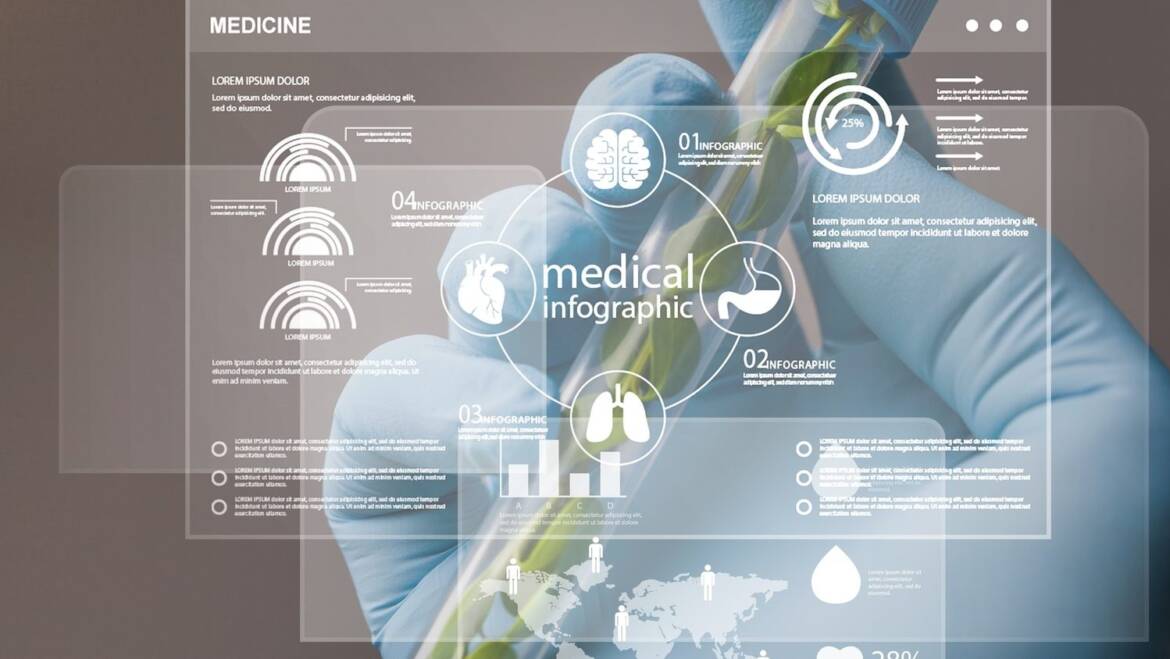By Janna Champagne, BSN, RN – http://www.integratedholisticcare.com | https://www.facebook.com/integratedholisticcare
As a holistic nurse who specializes in application of medical cannabis therapy, knowing which formulations are optimal for targeting patient’s health goals comes with the territory. After years of working with clients using a variety of cannabis products, I began noticing a trend: that different extraction and production methods exert very different results. This prompted intensive research into different types of cannabis formulations, which led to creation of the following optimal criteria for medical cannabis products. Please know I do not benefit from the sales of any products, so my perspective is completely objective and without profit-bias or personal gain.
In order to understand these criteria, it’s helpful to know a bit about the Endocannabinoid System (ECS). Many clients (including fellow medical professionals) have never heard about this master control system in our bodies, much thanks to our recent cannabis prohibition in the US. Now that cannabis is becoming more readily accessible, we are researching and learning that it contains vital nutrients needed to support optimal health balance. Cannabinoids found in the cannabis plant, such as THC and CBD, attach with ECS receptors in our bodies, which promotes internal homeostasis or balance. We know that the underlying cause of disease is imbalance, so this balancing “Entourage Effect” or synergy of cannabis can be profoundly therapeutic for improving the root cause of symptoms (4).
Following are the criteria we deem important for safe and effective medical cannabis use. We educate these criteria to every client we serve, since our goal is ensuring that cannabis patients find the highest-quality medical products available.
- Certified Clean/Organic: This may seem like an obvious requirement, for those who understand the harm that toxins may cause. Unfortunately, USDA Organic certification is not yet available for cannabis farming/processing, so we rely on labs to rule out any toxic pesticide, fertilizer, mold, or heavy metal contamination. We know, especially when working with already sick patients, that adding toxic exposure may be harmful to their health, and could potentially negate any benefit received from cannabis otherwise. The recent theory linking Cannabis Hyperemesis Syndrome, or excessive nausea, vomiting and abdominal upset, with Neem pesticide toxicity (same symptoms) further supports the importance of using lab testing to ensure product is clear of toxins, and verified safe for medical use (10).
- Lab tested: Oregon is one of a few states that are fortunate in this regard, as they require every product on a dispensary shelf to be lab tested by a state-certified facility. Lab testing is important to know cannabinoid content, potency or strength, and (as already mentioned) to rule out contamination with toxins. Lab testing allows clients to consistently dose with improved accuracy, which is important when using cannabis for health purposes. Labs are the only conclusive method for knowing exactly what’s in a formulation, without reliance on strain name (which may not be accurate) to know which components are present.
Terpene lab results reflecting the cannabis strain’s essential oil profile are not as commonly available. When available, having this information is optimal to predict a cannabis product’s therapeutic benefits, and the terpene profile is also used to determine whether a product is categorized as sativa (energizing) or indica (sedating) (11). - Whole Plant: Products that concentrate the cannabis plant as nature intended are the best options when the goal is improved health status. Cannabis formulations extracted using food grade ethanol or infusion methods are preferred to meet these criteria. Whole plant is defined as having all of the original flower-derived cannabis ingredients remain fully intact in the final product.
Cannabis is a very complex plant, containing over 140 cannabinoids, 200 terpenes (essential oils), bioflavonoids, chlorophyll, essential fatty acids, and antioxidants (1). Many of the new and popular cannabis extraction methods in today’s cannabis industry, such as CO2 extraction, isolation, or fractionation, remove many of these ingredients contributing to the Entourage Effect (8). This is important since we know that whole plant formulations, containing all components of the plant, are best for balancing the body. It’s the balancing effect (homeostasis) that we specifically seek when the goal is improved medical outcomes that reach beyond simply managing symptoms (4). Research comparing the efficacy of whole plant cannabis formulations with isolates clearly reflects that isolates, with or without added terpenes, aren’t as effective for exerting the balance we seek for optimal medical outcomes (2, 3, 6). - No industrial hemp-derived products: The most potent spectrum of cannabinoids and synergistic components is found in formulations derived from cannabis flower. Since industrial hemp is sparse in flowers, often producers source oil from less optimal parts of the industrial hemp plant, such as the stalks and stems. While industrial hemp has many applicable uses, including textiles, bioaccumulation (cleans soil), building materials like Hempcrete, when it comes to medicinal potency, industrial hemp leaves a lot to be desired (9).
To clarify, many CBD producers have a USDA hemp license allowing them to legally produce and distribute hemp throughout the United States, because their cannabis flower products meet the federal hemp regulations (by containing less than 0.3% THC). There is a new term called “Medical Hemp” being coined by optimal CBD oil producers, to differentiate their products derived from high CBD cannabis flower qualifying as hemp, the best choice for medical use. Medical hemp products have the added convenience of shipping legally anywhere in the United States. However, clients still need to be aware of their local laws on hemp CBD, since some states don’t recognize federal CBD hemp regulations.
There is a lot of confusion around choosing the best cannabis products, and the intent of this article is to guide medically-focused cannabis patients and ensure they understand which qualities to seek when purchasing cannabis products. We encourage anyone who is new to cannabis, suffering from a complex medical condition, or taking pharmaceutical medications to seek individualized consultation and education from a qualified medical professional for a targeted care plan. Using an individualized approach with medical guidance further reduces possible risk factors, allowing clients to gain the most benefit from their medical cannabis therapy. To find out more about our services, please visit: http://www.integratedholisticcare.com
References:
1. Echo (2017). Other compounds in cannabis. Retrieved from: https://echoconnection.org/other-compounds-in-cannabis-terpenes-chlorophyll-etc/
2. Blasco-Benito (2017). Appraising the entourage effect. Retrieved from: https://www.ncbi.nlm.nih.gov/labs/pubmed/29940172-appraising-the-entourage-effect-antitumor-action-of-a-pure-cannabinoid-versus-a-botanical-drug-preparation-in-preclinical-models-of-breast-cancer/
3. Pamplona (2018). Potential clinical benefits of CBD-rich Cannabis extracts over purified CBD in treatment-resistant epilepsy: observational data meta-analysis. Retrieved from: https://www.biorxiv.org/content/biorxiv/early/2017/11/01/212662.full.pdf
4. Russo, E. (2001). Cannabis and cannabis extracts: greater than the sum of their parts? British Journal of Pharmacology. Retrieved from: http://cannabis-med.org/data/pdf/2001-03-04-7.pdf
5. Echo (2017). Major and minor cannabinoids in cannabis. Retrieved from: https://echoconnection.org/a-look-at-the-major-and-minor-cannabinoids-found-in-cannabis/
6. Gallily (2015). Overcoming the Bell-Shaped Dose-Response of Cannabidiol by Using Cannabis Extract Enriched in Cannabidiol. Retrieved from: http://www.scirp.org/Journal/PaperInformation.aspx?PaperID=53912#.VP4EIildXvY
7. Fundacion Canna (2017) Cannabis bioflavonoids. Retrieved from: http://www.fundacion-canna.es/en/flavonoids
8. Echo (2017). CBD Alcohol or CO2 Extraction. Retrieved at: http://www.cbd-hemp-oil-drops.com/articles/57-cbd-alcohol-or-co2-extraction
9. Price, M (2015). The difference between hemp and cannabis. Medical Jane. Retrieved online at: https://www.medicaljane.com/2015/01/14/the-differences-between-hemp-and-cannabis/
10. Mishra, A., & Dave, N. (2013). Neem oil poisoning: Case report of an adult with toxic encephalopathy. Indian Journal of Critical Care Medicine : Peer-Reviewed, Official Publication of Indian Society of Critical Care Medicine, 17(5), 321–322. https://www.ncbi.nlm.nih.gov/pmc/articles/PMC3841499/
11. Cannabis Safety Institute (2014). Standards for cannabis testing laboratories. Retrieved online at: http://cannabissafetyinstitute.org/wp-content/uploads/2015/01/Standards-for-Cannabis-Testing-Laboratories.pdf






